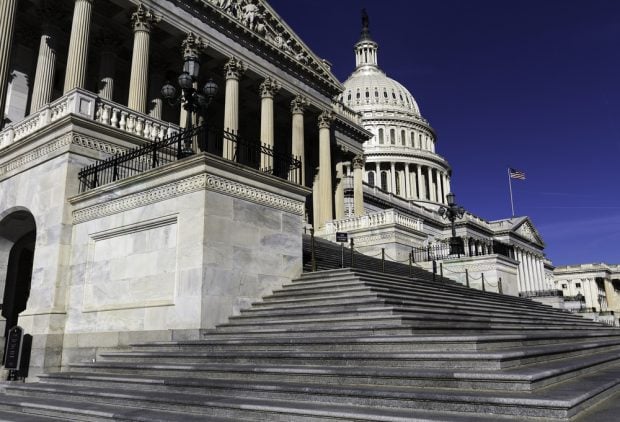On May 18, the White House announced its official revisions to U.S. overtime rules — a change that will expand overtime pay to 4.2 million U.S. workers nationwide who were previously ineligible for overtime pay. Now comes the challenge of successfully navigating these changes.
Much of the attention around these rules is focused on the impact on employees' wages and the consequential labor cost decisions companies might undertake (such as cutting overtime hours or bonus/incentive pay) to maintain their bottom lines. But, these changes will also have a huge influence on employee benefits policies and plan options as employers decide on their approaches to stay compliant with the new regulations.
Employers' compliancy strategies (such as reclassifying employees) will greatly impact both the availability and the level of various employee benefits policies and plans. And accurate employee reporting and classification — hourly versus non-exempt salaried, etc. — will be critical to ensuring employees receive adequate benefits compensation related to changes in benefits levels and new eligibility for certain benefits.
Complete your profile to continue reading and get FREE access to CUTimes.com, part of your ALM digital membership.
Your access to unlimited CUTimes.com content isn’t changing.
Once you are an ALM digital member, you’ll receive:
- Critical CUTimes.com information including comprehensive product and service provider listings via the Marketplace Directory, CU Careers, resources from industry leaders, webcasts, and breaking news, analysis and more with our informative Newsletters.
- Exclusive discounts on ALM and CU Times events.
- Access to other award-winning ALM websites including Law.com and GlobeSt.com.
Already have an account? Sign In
© 2024 ALM Global, LLC, All Rights Reserved. Request academic re-use from www.copyright.com. All other uses, submit a request to [email protected]. For more information visit Asset & Logo Licensing.









